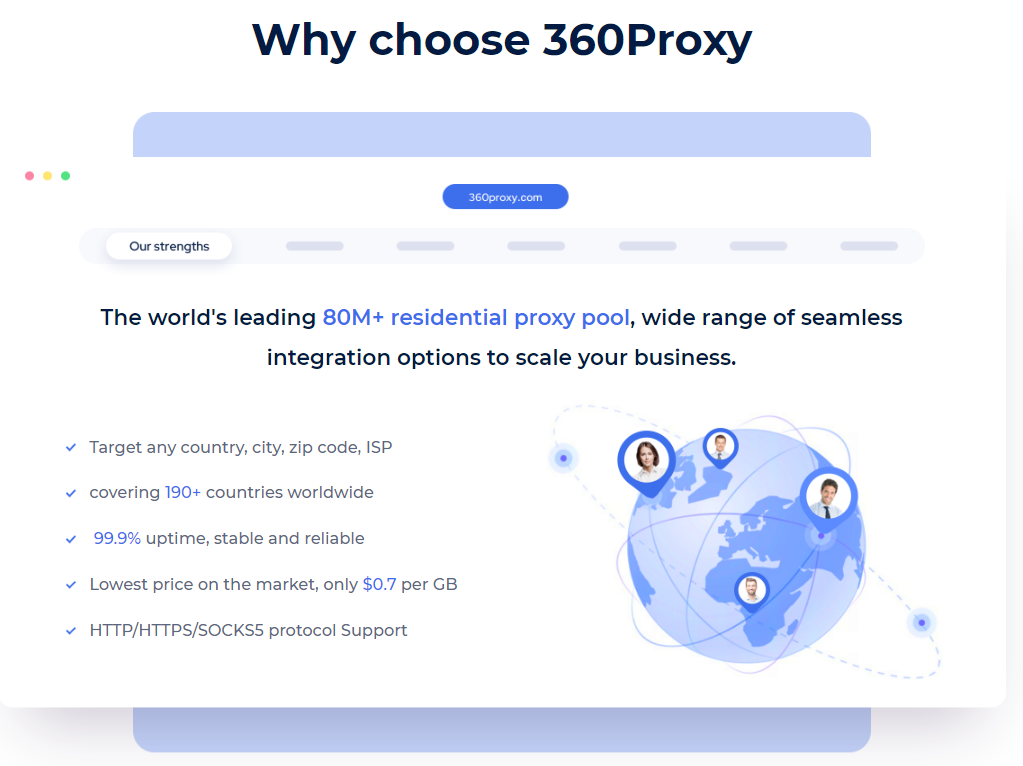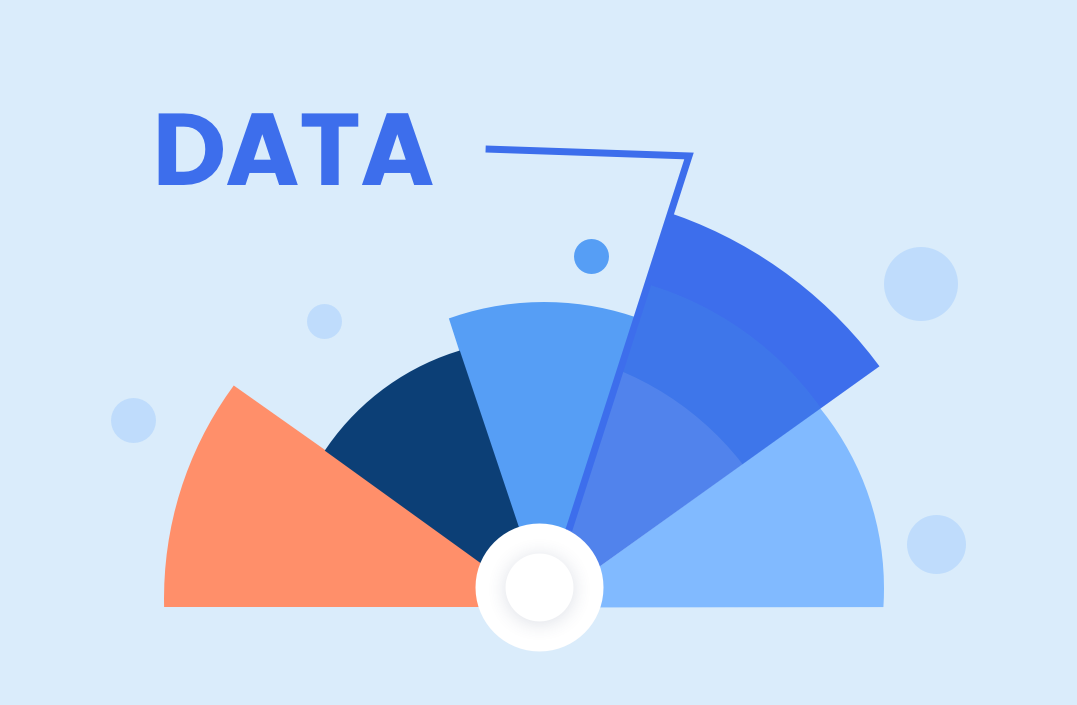In the ever-evolving landscape of the internet, data extraction from websites has become an integral part of various applications, from market research to competitive analysis. However, as websites enhance their security measures, extracting data ethically and efficiently requires additional considerations. In this comprehensive guide, we'll explore the intricacies of extracting data from websites using proxies, shedding light on the importance of proxies, the extraction process, and best practices to ensure a seamless and ethical data extraction experience.
Internet technology basics
1. Network protocol
Protocol is the basis of network communication. Common protocols include HTTP, HTTPS, FTP, etc. These protocols specify how data is transmitted across the network, how errors are handled, etc.
2. Web Server
A web server is a computer responsible for hosting web pages. When a user accesses a website through a browser, the request first reaches the web server, and is then processed by the server and returns the corresponding web page.
3.HTML and CSS
HTML is the structure of web content, while CSS is responsible for the style and layout of web pages.
Extract data from website via proxy
1. Proxy server
The proxy server is a server located between the user and the target website. It is responsible for receiving the user's request, forwarding the request to the target website, and then returning the response from the target website to the user. In this way, users can access the target website through the proxy server without establishing a direct connection to the target website.
2. Crawler and API
A crawler is an automated program that can automatically search and crawl data on the Internet. API (Application Programming Interface) is an interface that allows developers to obtain data from websites programmatically. Many websites provide public APIs so that developers can easily obtain the required data.
3. Data analysis
After extracting the data, the data needs to be analyzed. Common parsing methods include HTML parsing, JSON parsing, etc. The process of parsing is to convert the extracted data into a readable form.
Understanding the Need for Proxies in Data Extraction
1. Anonymity and Security
When extracting data from websites, anonymity is crucial. Websites often employ anti-scraping measures to prevent automated bots from accessing their data. Proxies act as intermediaries between your scraping tool and the target website, masking your identity and making it more challenging for websites to detect and block your activities.
2. Overcoming IP Blocks and Rate Limiting
Websites may implement IP blocking or rate limiting to prevent automated access. Proxies provide a solution by allowing you to rotate IP addresses, ensuring that your scraping activity remains undetected and reducing the risk of being blocked.
3. Geographical Considerations
Certain websites may restrict access based on geographical location. Proxies with servers in different locations enable you to access data as if you were browsing from various locations, overcoming geographical restrictions and broadening your scope of data extraction.
The Data Extraction Process Using Proxies
1.Choosing the Right Proxy Type
There are various proxy types, each catering to specific needs.
Residential Proxies: Mimic real user IP addresses, providing high anonymity and bypassing anti-scraping measures effectively.
Datacenter Proxies: Offer speed and reliability but may be more easily detected. Suitable for less restrictive websites.
Mobile Proxies: Mimic mobile user behavior, useful for mobile-specific data extraction.
2.Setting Up Your Proxy Environment
Integrating proxies into your data extraction process involves configuring your scraping tool to route requests through the chosen proxy. Proxy management tools can simplify this process, allowing you to rotate IPs and manage connections efficiently.
3.Handling CAPTCHAs
Websites often use CAPTCHAs to verify that users are human. Proxies with CAPTCHA solving capabilities or services dedicated to solving CAPTCHAs can be integrated into your setup to ensure uninterrupted data extraction.
4.Monitoring and Rotating IPs
Regularly monitoring the health of your proxies and rotating IPs is essential to maintain anonymity and avoid detection. Some proxies offer automatic IP rotation, while others may require manual intervention.
Best Practices for Ethical Data Extraction
1.Respect Robots.txt Rules
Robots.txt files provide guidelines on which parts of a website can be crawled. Adhering to these rules ensures ethical data extraction and helps maintain a positive relationship between your scraping activities and the website.
2.Rate Limiting
Implementing rate limits in your scraping scripts prevents overloading a website's server with requests. Mimic human-like behavior by spacing out your requests to avoid disrupting the website's normal operation.
3.User-Proxy Rotation
Rotating User-Proxies in your requests helps emulate diverse user behavior, making it harder for websites to detect automated scraping activities.
4.Avoiding Unnecessary Load
Limit the scope of your scraping to the necessary data to reduce the load on the target website's server. Excessive requests can lead to increased server load and may result in your IP being blocked.
Tools and Frameworks for Efficient Data Extraction
1.Scrapy
Scrapy is an open-source web crawling framework for Python. It allows you to build scalable web crawlers and includes features for handling proxies seamlessly.
2.Beautiful Soup
Beautiful Soup is a Python library for pulling data out of HTML and XML files. When combined with a proxy, it becomes a powerful tool for web scraping.
3.Puppeteer
Puppeteer is a Node library that provides a high-level API to control headless browsers. It can be used for web scraping and automating browser tasks, and it can be configured to work with proxies.
Applications
1.Weather forecast extraction
Access the Meteorological Bureau's website through a proxy server, use crawler technology to capture weather forecast data, and then convert the data into a readable form through data analysis.
2.Stock price query
Access the website of the stock exchange through a proxy server, use crawler technology to capture stock price data, and then convert the data into a readable form through data analysis.
3.News summary generation
Access the APIs of major news websites through proxy servers to obtain news titles and summary information, and then convert the data into readable form through data analysis.
Conclusion
In the era of big data, extracting information from websites is a common and often necessary practice. Utilizing proxies is essential not only to ensure the success of your data extraction efforts but also to do so ethically and responsibly. Proxies provide the anonymity, security, and versatility required to navigate through the intricacies of modern websites.
By understanding the need for proxies, integrating them into your data extraction process effectively, and following best practices for ethical scraping, you can extract valuable insights from websites without disrupting their normal operations or violating their terms of service. As technology advances, the synergy between data extraction and proxy usage will continue to play a pivotal role in various fields, from business intelligence to academic research, shaping the way we access and utilize online information.
360Proxy provides 100% real residential proxy resources, covering 190+ countries and regions, and 80M+ residential IP resources. To meet the different needs of users, such as media account management, ESTY and SEO optimization, 360Proxy is a good assistant that can provide huge help!

 Username: Password
Username: Password
 Whitelist IP
Whitelist IP
 Proxy Manager
Proxy Manager
 Google Chrome Extension
Google Chrome Extension





























 Dashboard
Dashboard Sign Out
Sign Out






























 USA
USA France
France Brazil
Brazil Vietnam
Vietnam Spain
Spain









